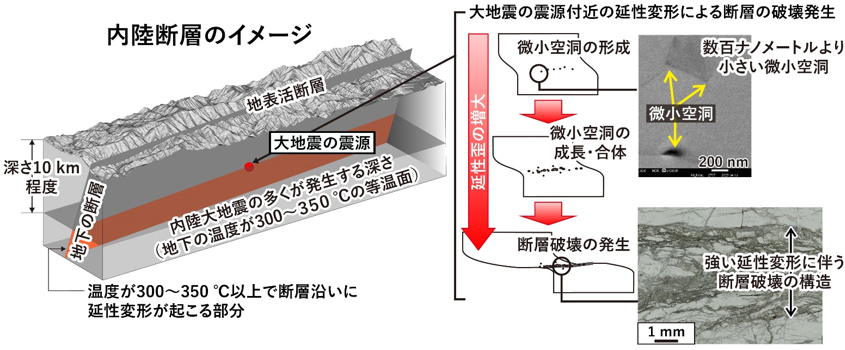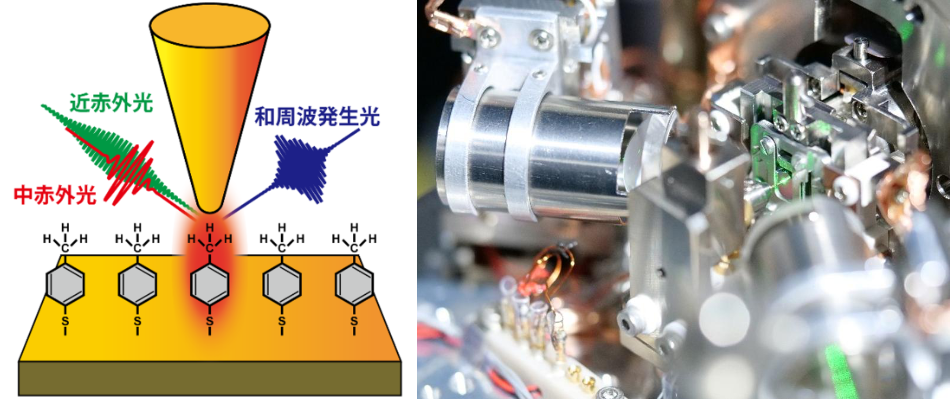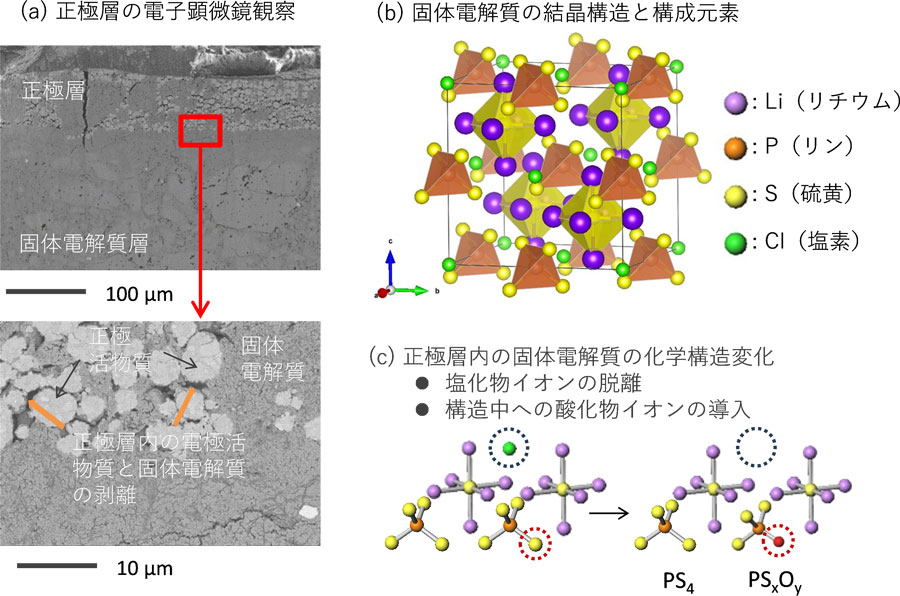2025-05-12 産業技術総合研究所

<関連情報>
- https://www.aist.go.jp/aist_j/press_release/pr2025/pr20250512_4/pr20250512_4.html
- https://agupubs.onlinelibrary.wiley.com/doi/10.1029/2024JB029868
地震発生帯基部の地殻スケール断層におけるナノキャビティから延性破壊への進化 Evolution of Nanocavities to Ductile Fractures in Crustal-Scale Faults at the Base of the Seismogenic Zone
Thomas Yeo, Norio Shigematsu, Simon R. Wallis, Keita Kobayashi, Chunjie Zhang, Kohtaro Ujiie
Journal of Geophysical Research: Solid Earth Published: 06 May 2025
DOI:https://doi.org/10.1029/2024JB029868
Abstract
To understand the fracturing processes at the base of the seismogenic zone, the evolution of creep cavities to ductile fractures was examined within an exhumed ultramylonite zone. This ultramylonite zone records deformation at the base of the seismogenic zone. Ductile fractures are recognized phenomena in metallurgy, occurring during ductile deformation as deformation-induced cavities grow and coalesce, leading to fracture formation. Using a heterogeneously deformed ultramylonite, we establish a correlation between cavity density and the quartz recrystallized fraction, which served as a general indicator for strain. Prior to fracturing, the cavity density increases linearly with the recrystallized fraction. The empirically determined area cavity density critical for ductile failure to occur is ∼7.5%. This trend indicates that ductile fracture results from the evolution of creep cavities. Ductile fractures are ubiquitous along the length of the exposed ultramylonite zones, spanning over 7 km. Similar microstructures of ductile fractures have previously been documented in various major shear zones. These suggest that ductile fracture represents a commonplace occurrence at the base of the seismogenic zone of continental crustal faults, and possibly controls various phenomena occurring below the seismogenic zone along these faults.
Key Points
- The studied mylonites deformed at the base of the seismogenic zone received repeated cycles of fracturing and ductile deformation
- Cavitation during ductile deformation results in ductile fracturing at 7.5% cavity density
- Ductile fracture is a common phenomenon in continental crustal faults
Plain Language Summary
Large earthquakes along continental crustal faults normally occur at depths where rock deformation changes from brittle to ductile with increasing depth, known as the brittle-ductile transition. To understand the fracturing processes around the source region of large earthquakes, we analyzed natural fault rocks that record ductile deformation around the brittle-ductile transition. We found that cavities were formed in the rocks during ductile deformation, and an increase of cavity density triggered the fracture formation once cavity density approaches 7.5%. The fracturing we observed is controlled by ductile deformation processes, and is almost parallel to the shear direction of the studied shear zone. Such fractures are abundant in the entire 7 km span of the studied shear zone, signifying the importance of fracturing due to ductile deformation around the source region of large earthquakes along continental crustal faults.



